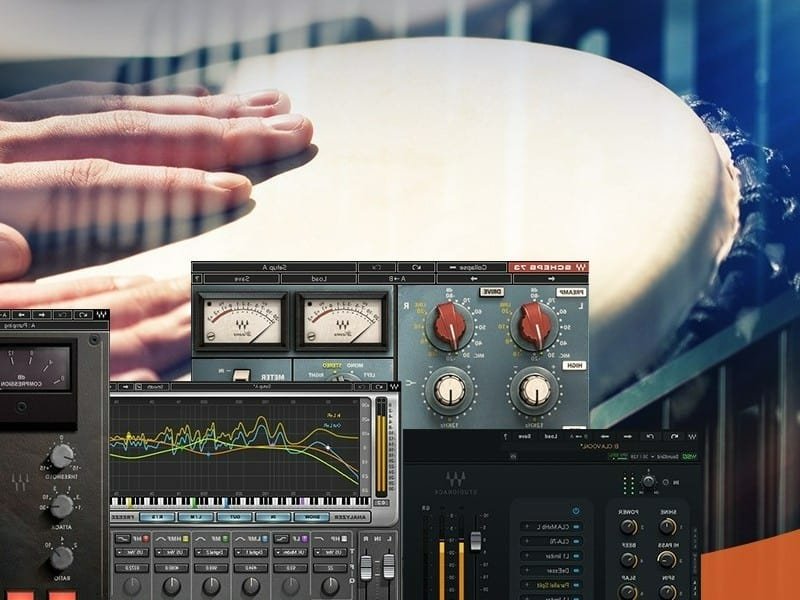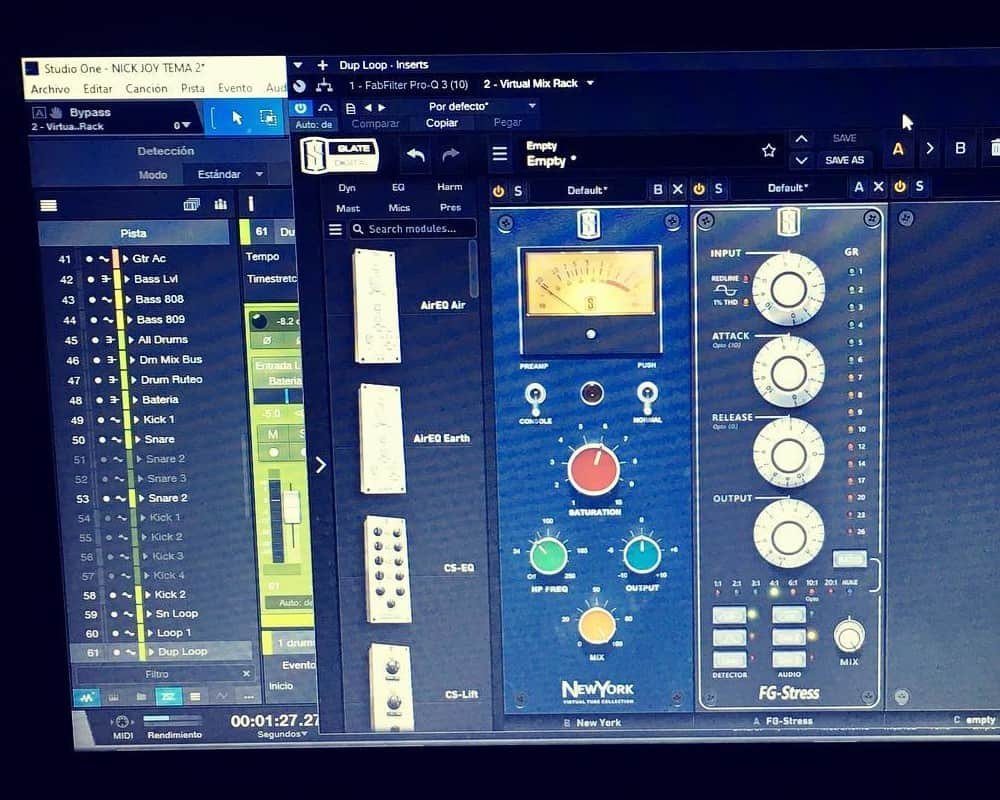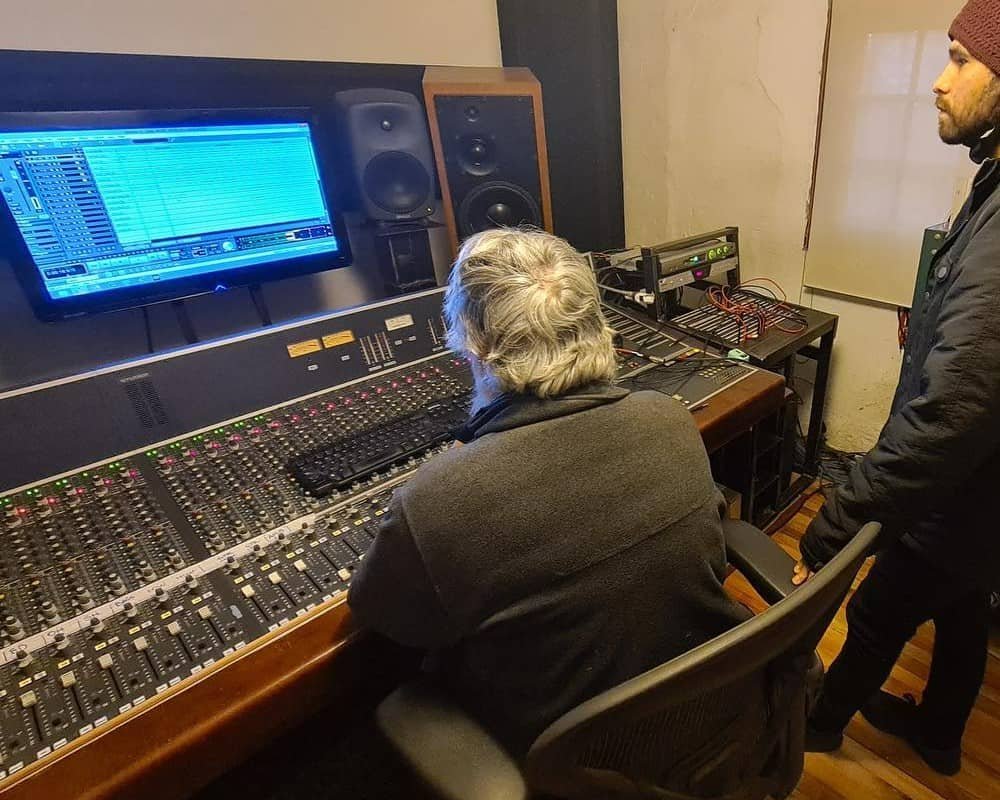How to Mix Drums? – TECHNIQUES AND TRICKS

Percussion is a key element of music. They set the rhythm and create the pulse, which, when combined with the bass, enlivens the compositions. A weak sound makes the drums an annoying and irritating member of the mix, and songs with such sound do not want to listen to.
How to Mix Drums?
Contents
In today’s music, a good drum mix is critical to the overall sound of the song. The drums provide the pulse and rhythmic foundation that the other instruments build upon. A well-balanced drum mix will make the drums sound full and present, without overwhelming the other instruments.

Here are some tips on how to mix drums:
1. Start with the kick drum. The kick drum is the foundation of the drum mix, so it’s important to get it sounding right. Start by EQ’ing the kick to taste – you may want to boost the low frequencies to make it sound bigger, or cut some of the midranges to reduce muddiness.
2. Next, add the snare. The snare is the most important element of the drum kit, so it’s important to get it sounding good. Again, start with EQ’ing the snare to taste. You may want to boost the highs to make it sound sharper, or cut the lows to reduce resonance.
3. Now, add the rest of the drums. Start with the hi-hats, and then add the tom-toms and cymbals. As you add each element, take care to EQ it so that it sits well in the mix. You may want to boost the highs of the hi-hats to make them stand out, or cut the lows of the tom-toms to prevent them from muddying up the mix.
4. Finally, add any effects you want to use. This could include reverb on the snare or delays on the hi-hats. Experiment with different settings to find what sounds best.
5. Once you’re happy with the sound of the drums, it’s time to mix them in with the other instruments. Start by setting the levels of the drums so that they sit well in the mix. You may want to use a compressor to even out the levels, and make sure the drums don’t get lost in the mix.
6. Finally, use your ears to fine-tune the sound of the drums. Pay attention to how the drums sound in the context of the whole mix and make adjustments as needed.
With these tips, you should be able to get a great-sounding drum mix. Experiment with different techniques and find what works best for you.
What Effects Should You Put on Drums?
As a drummer, you have a lot of options when it comes to choosing drum effects. You can use any combination of effects to create your own unique sound. Here are some of the most popular effects that drummers use:
1. Reverb
Reverb is an effect that simulates the sound of an echo. It can give your drums a “larger than life” sound and make them sound more spacious.
2. Delay
Delay is an effect that repeats the sound of your drums after a brief pause. It’s often used to create a “doubling” effect or to make your drums sound fuller.
3. Compression
Compression is an effect that makes the sound of your drums louder and fuller. It can also make your drums sound “punchier.”
4. EQ
EQ is an effect that allows you to boost or cut certain frequencies in the sound of your drums. This can be used to make your drums sound brighter, or darker, or to emphasize certain frequencies.
5. Filters
Filters are an effect that can change the tone of your drums. Low-pass filters will make your drums sound darker and muffled, while high-pass filters will make them sound brighter and clearer.
No matter what style of music you play, there’s a drum effect that can help you create the sound you’re looking for. Experiment with different combinations of effects to find the perfect sound for your drums.
Should I Mix Drums First?
If you’re new to mixing, it’s tempting to want to mix everything at once. But trust us, it’s better to mix drums first. Drums are the backbone of most songs, so it’s important to get them sounding good before moving on to other elements.

There are a few different ways to approach mixing drums. You can mix them as a whole, or you can mix each element separately. If you’re mixing live drums as a whole, start by boosting the highs and lows, then add some compression. Next, add reverb and delay, being careful not to overdo it.
If you’re mixing each element separately, start with the kick drum. Boost the low end and add some compression. Then move on to the snare. Again, boost the low end and add some compression. Next up are the tom drums. These don’t need as much low end, so just focus on getting the right balance of highs and lows.
Finally, add the cymbals. These can be tricky, so start with a low setting and slowly bring up the level until it sounds good.
How Loud Should Drums Be in a Mix?
If you’re a producer, engineer, or musician, you’ve probably been in a situation where someone has complained that the drums are too loud in the mix. But how loud should drums be in a mix?
There is no hard and fast rule, but a good starting point is to keep the drums at a level where they provide a good foundation for the rest of the instruments. This means that the drums shouldn’t be so loud that they drown out the other instruments, but they also shouldn’t be so quiet that they get lost in the mix.
Another thing to consider is the genre of music you’re working on. For example, in a rock mix, the drums may need to be louder than in a jazz mix. And in a hip-hop mix, the drums may need to be even louder than in a rock mix.

Ultimately, it’s up to you to use your ears and make a judgment call on how loud the drums should be in the mix. But if you’re ever in doubt, err on the side of making the drums a little too quiet rather than a little too loud.
Whichever approach you take, make sure you take your time and don’t rush the process. A well-mixed drum track will make all the difference in your final product.
Frequently Asked Questions
Answers to frequently asked questions.
Should kick be louder than snare?
There is no definitive answer to this question as it depends on the style of music being played and the preference of the drummer or producer. In general, however, the kick drum is usually louder than the snare drum in most music genres.
What dB should kick be at?
In general, however, most kick drums sit somewhere around -6 dB on the mix bus.
What is a drum mixing board?
A drum mixing board is a musical instrument that is used to create drum beats. It is also known as a drum machine or a drum sequencer.
How it works the drum mic mixer?
It is a device that helps to mix different sounds together to create a new sound.
What dB is best for bass?
The answer to this question is subjective and depends on the preference of the listener. Some people may prefer a higher dB for bass, while others may prefer a lower dB.
What frequency is most bass?
Some people might say that the most bass is found at the lowest frequencies, while others might say that the most bass is found at frequencies that are just below the range of human hearing. Ultimately, it is up to the individual to decide what frequency is most bass for them.

Also read:
Conclusion
If you’re wondering why you need to mix the drums, the answer is simple: to get a good sound.
Drums are an important part of any music track, and they need to be mixed properly in order to sound their best. Without a good drum mix, the track will sound thin and lacking in power.

